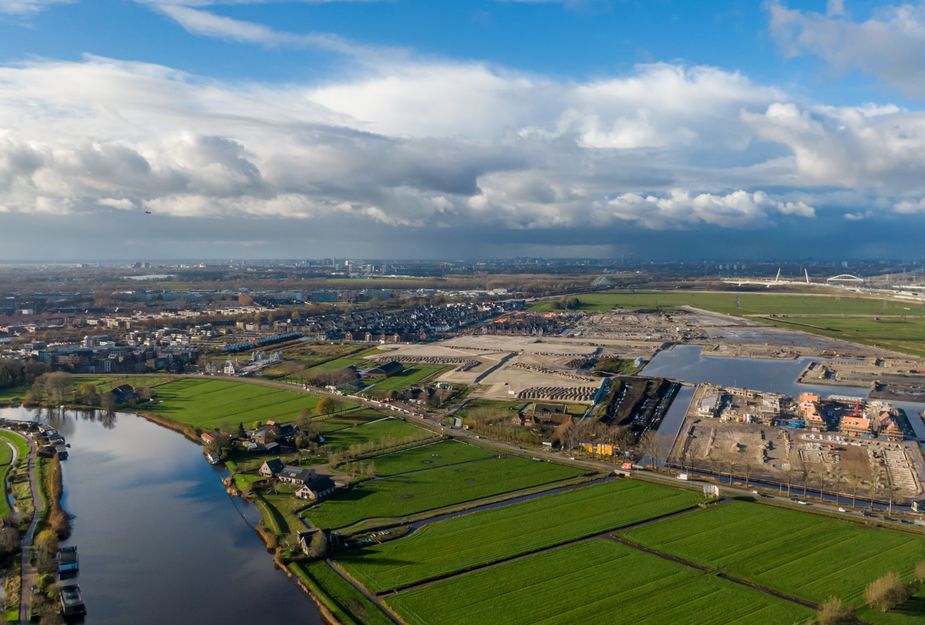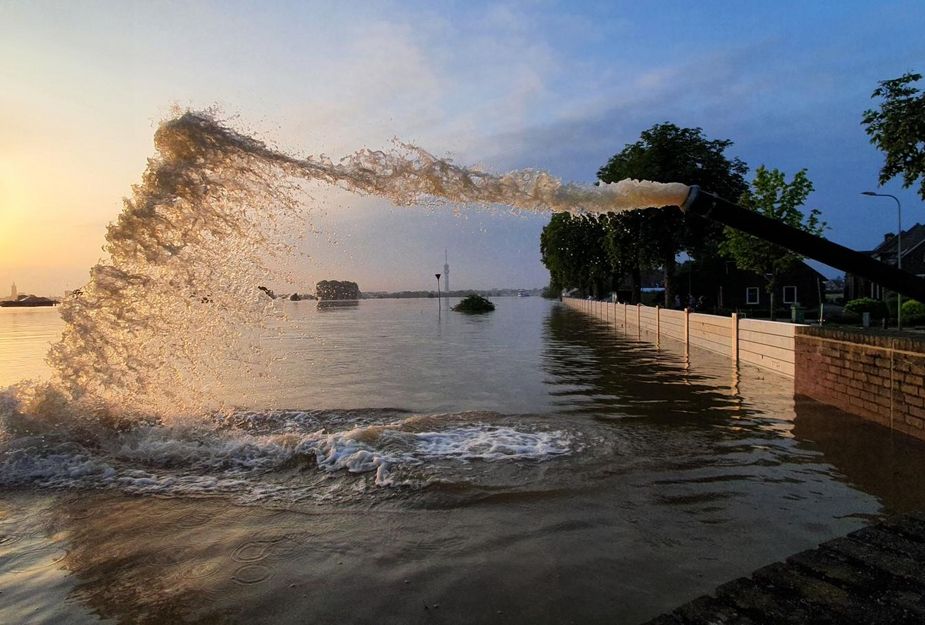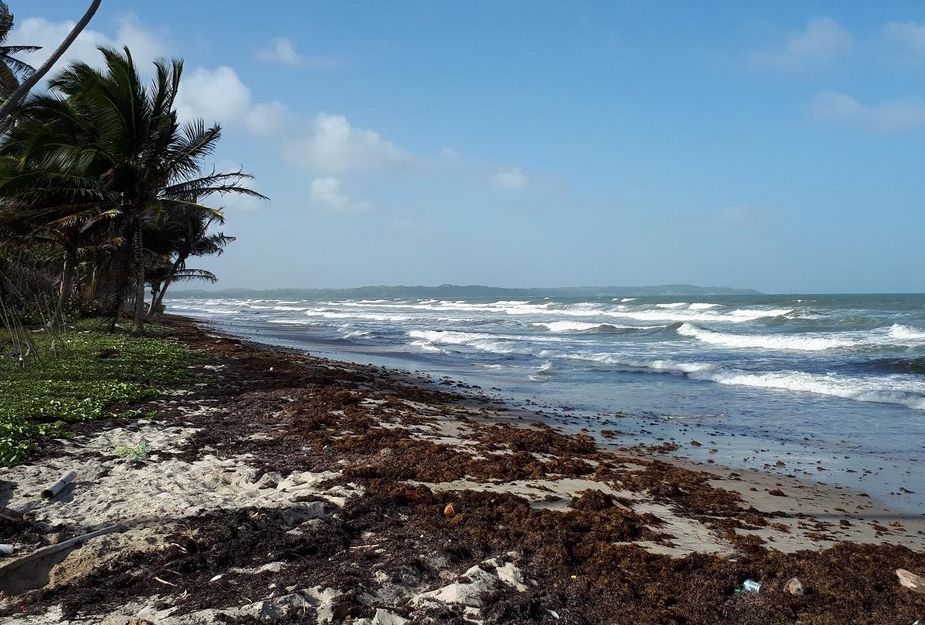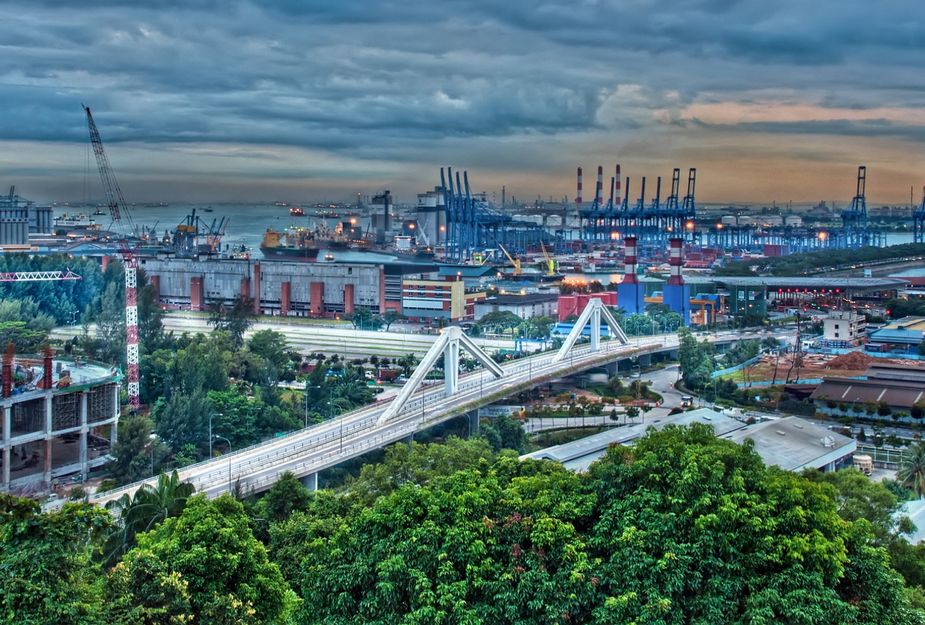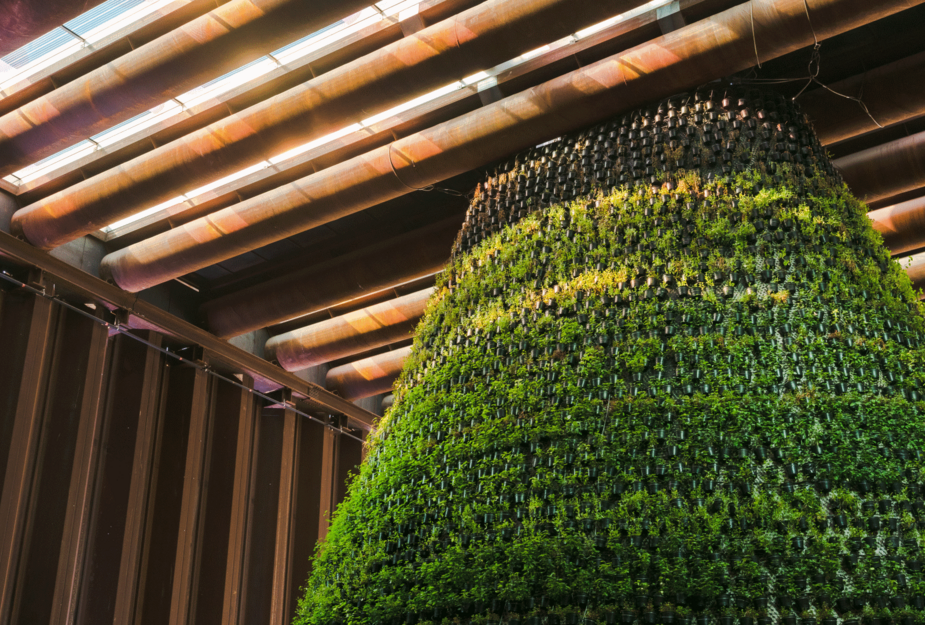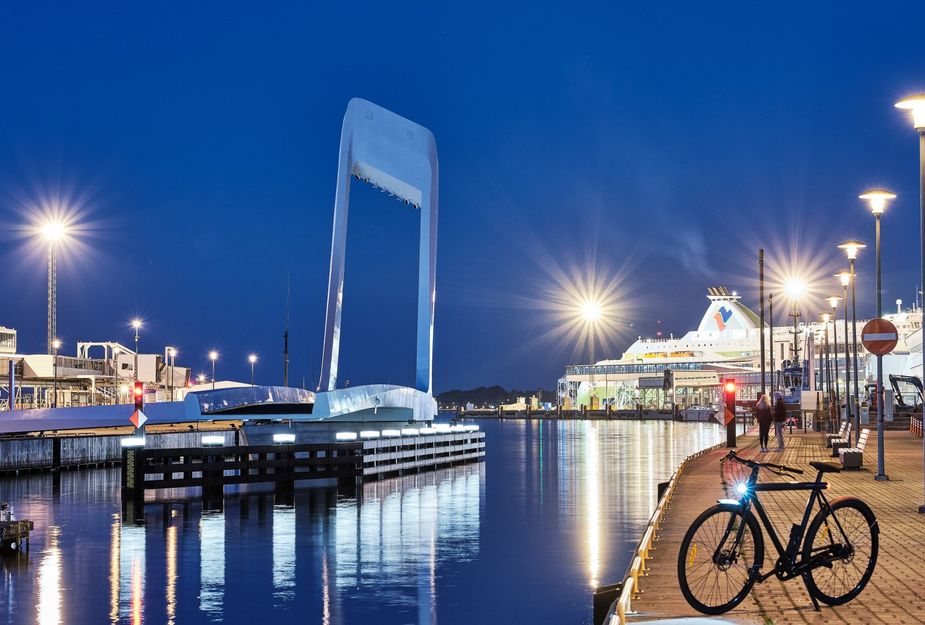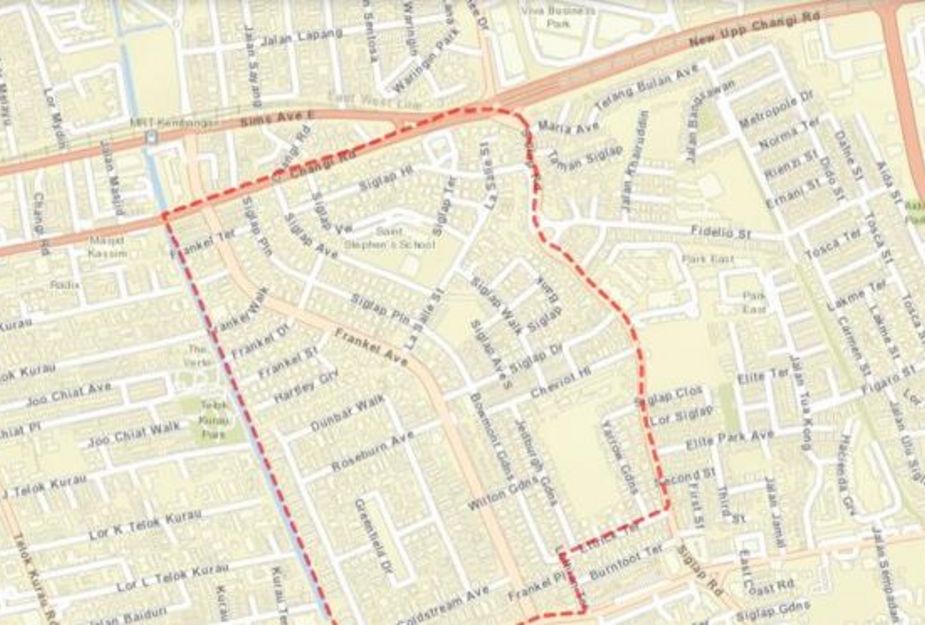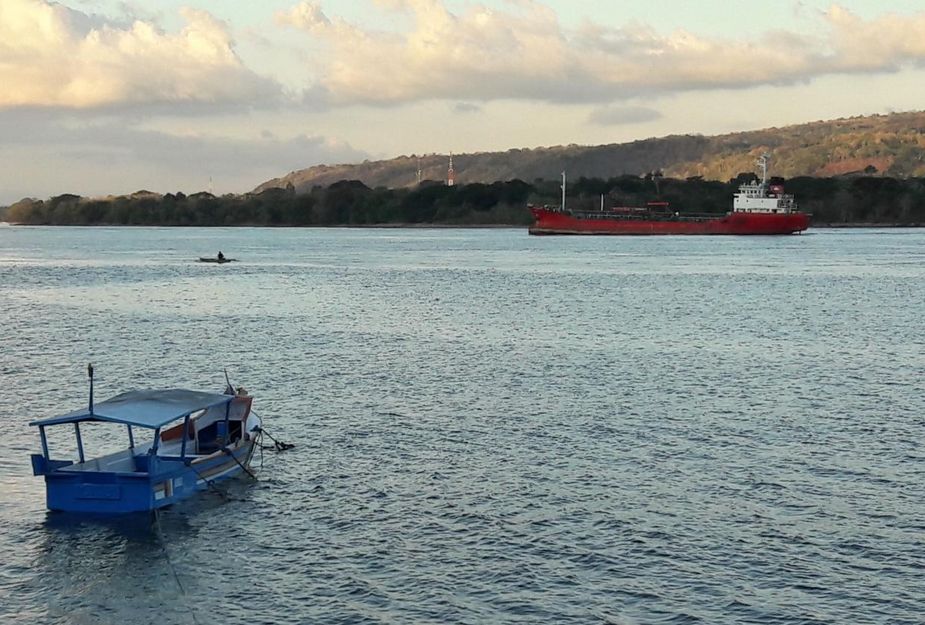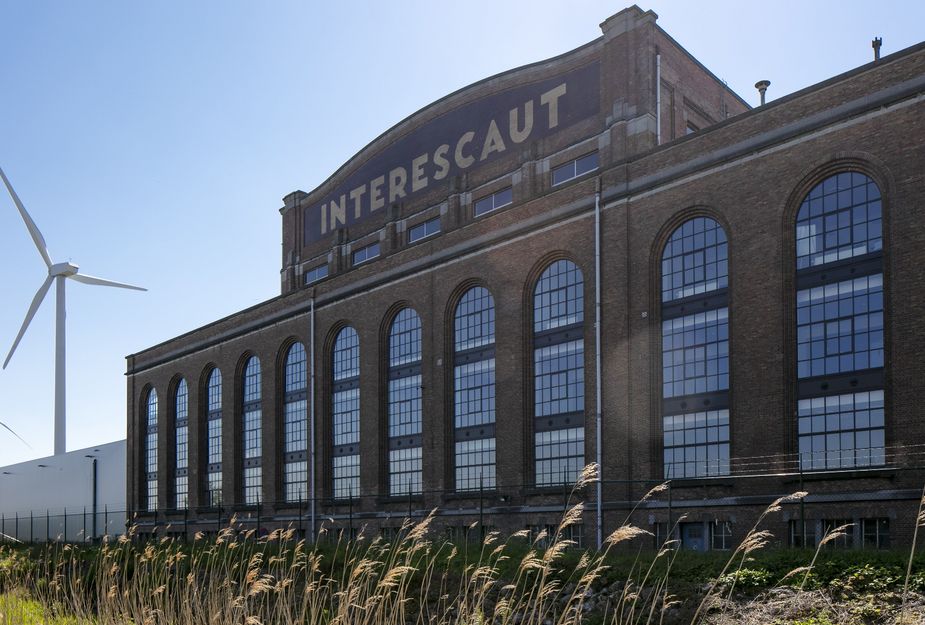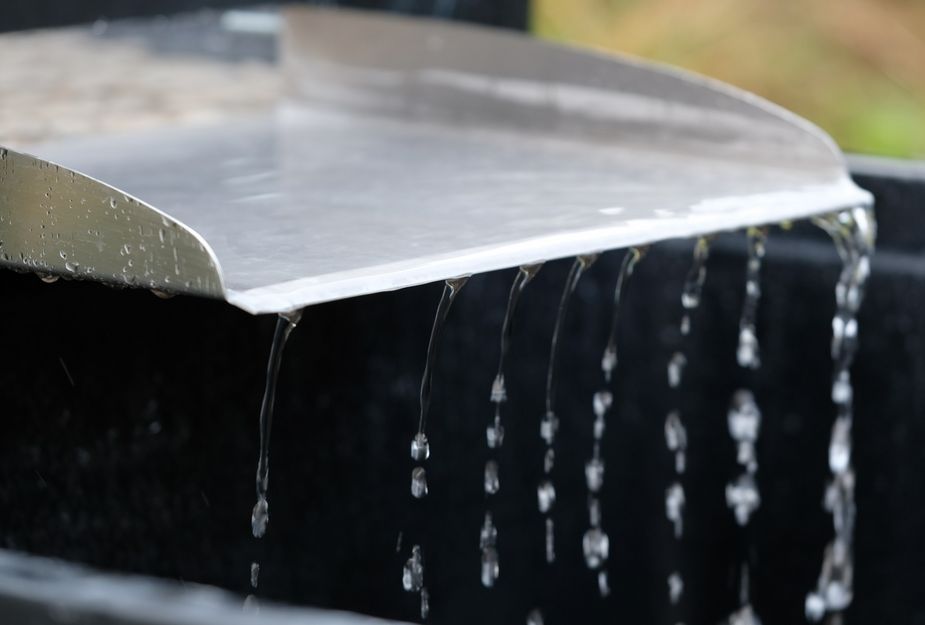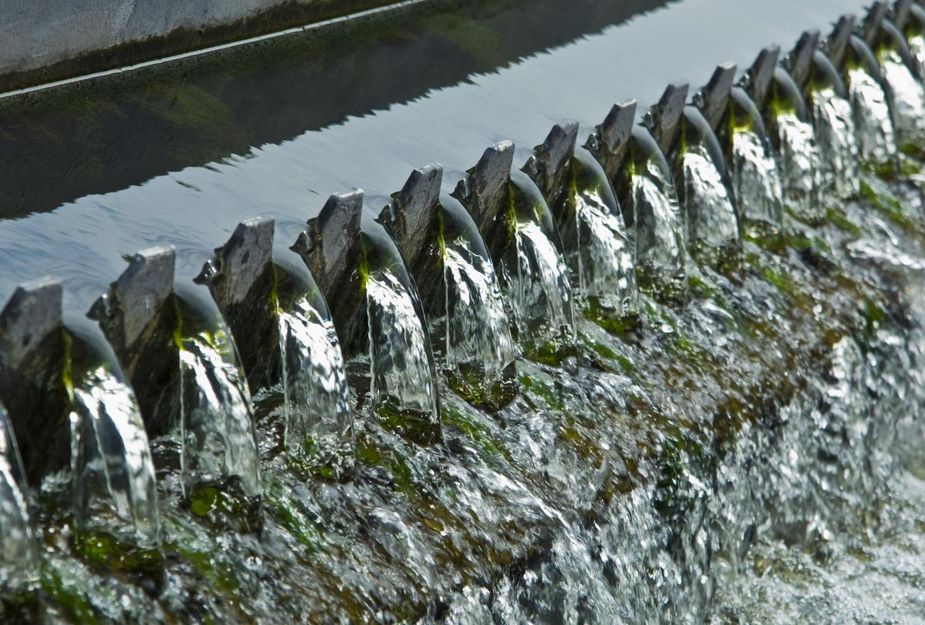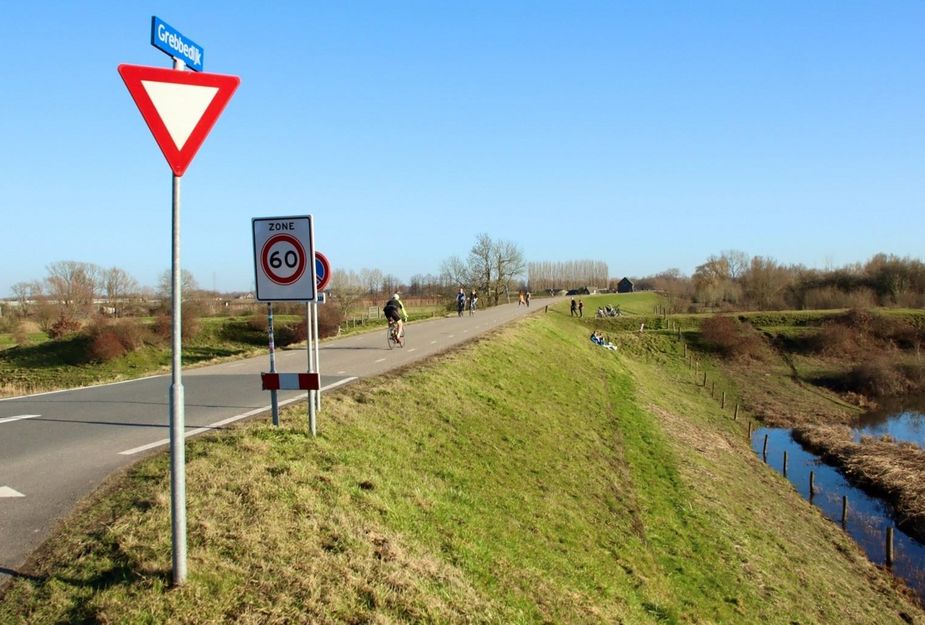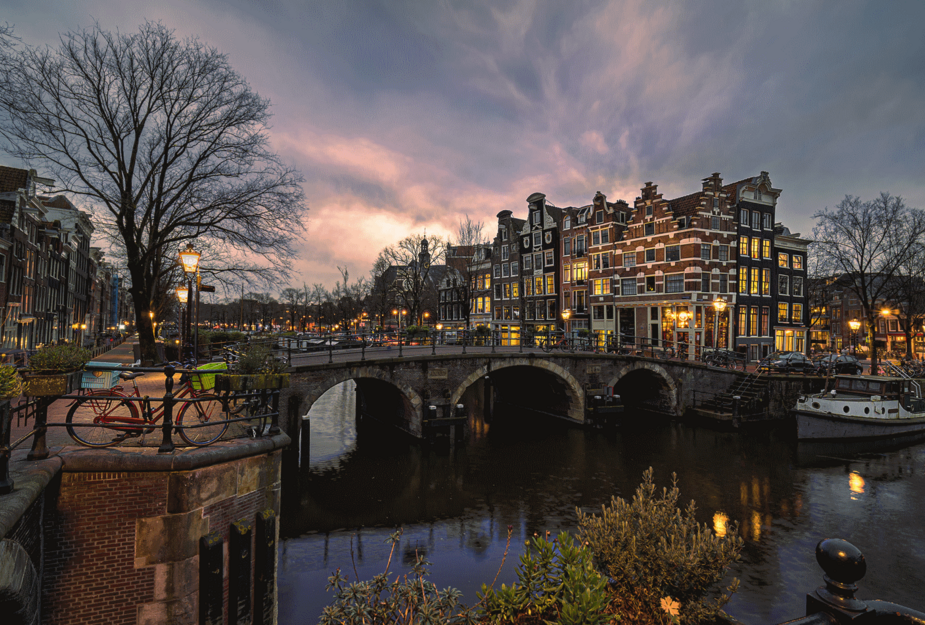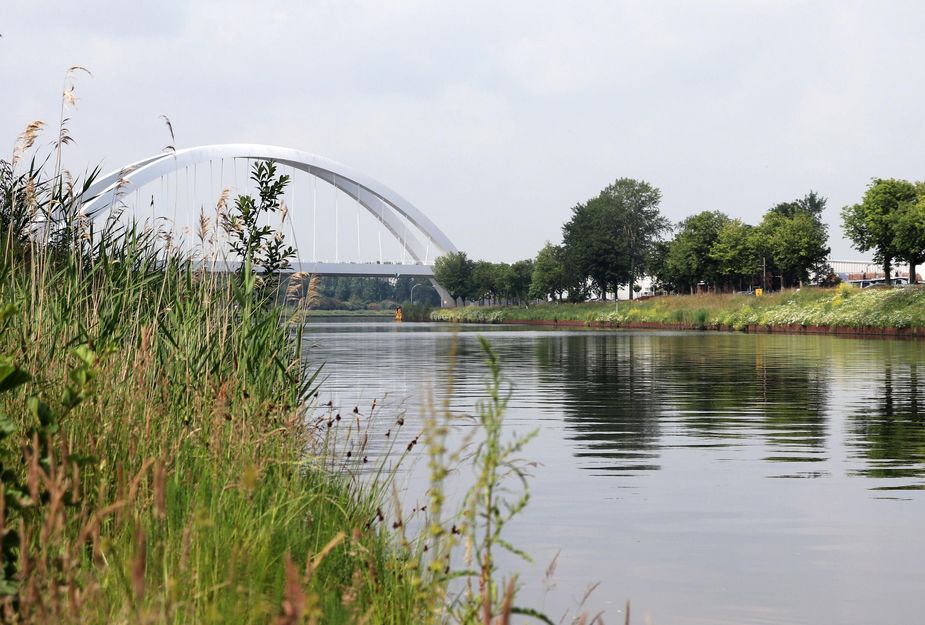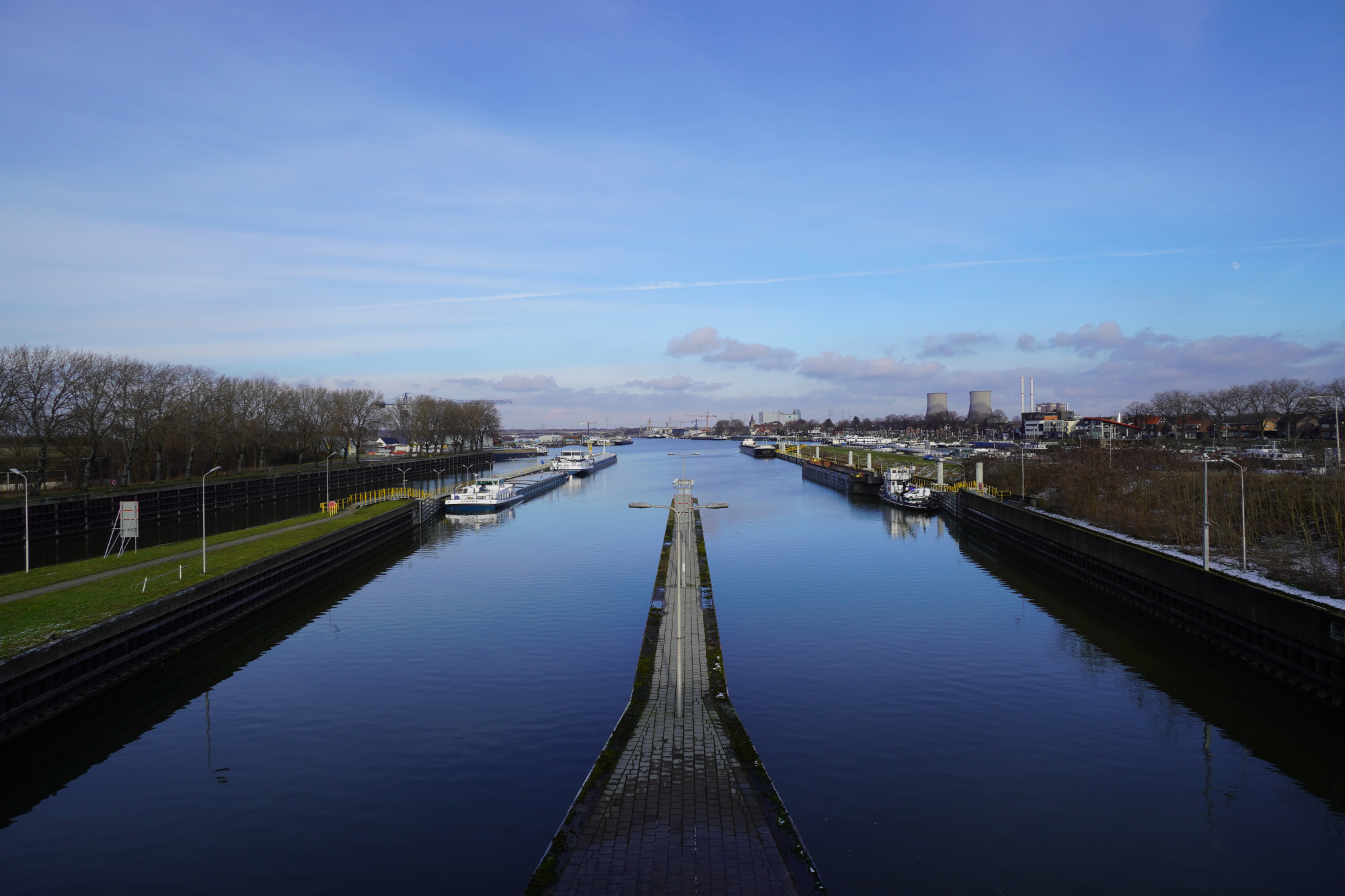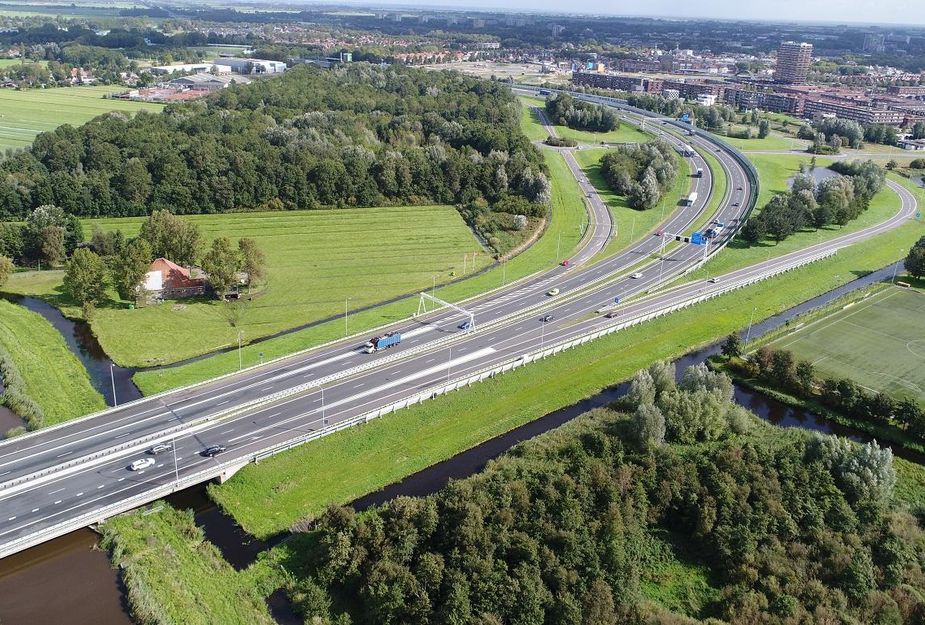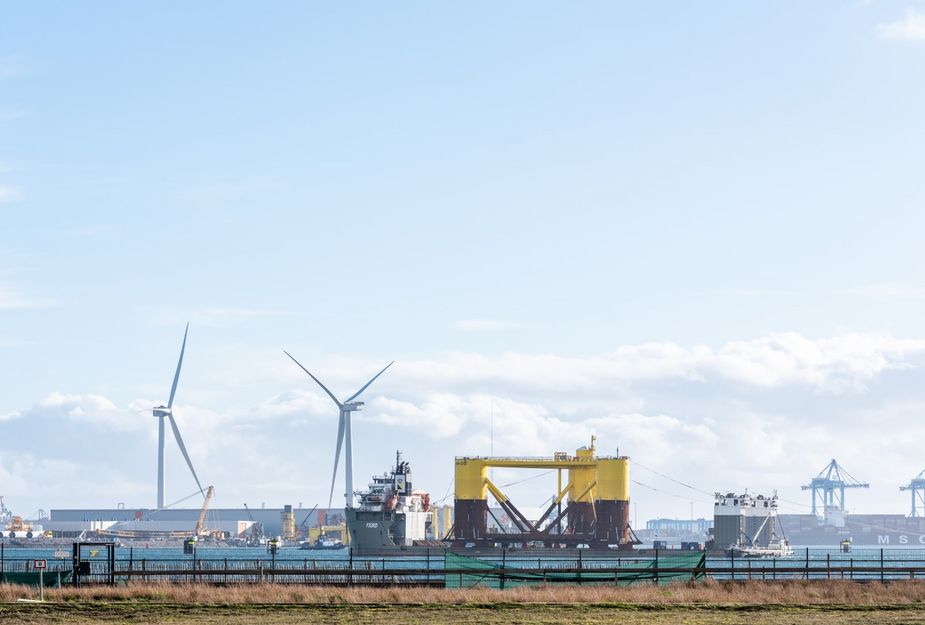Solar park at Harnaschpolder WWTP
Since the end of 2020, Witteveen+Bos has been working together with, and under assignment to, the Delfland Water Authority on developing a two-hectare solar park at the Harnaschpolder waste water treatment plant (WWTP) in Delft. The project has now been put out to tender and will be completed by October 2022. It is an interesting project from an engineering point of view, as the energy generated by the park will be used entirely by the WWTP: no electricity will be fed into the grid. Also, the form of contract used (D&C) offers interesting opportunities, for example, for local authorities in realising their Regional Energy Strategies.
Water authorities’ sustainability ambitions require the rapid realisation of measures to become energy-neutral. The waste water treatment plant in Den Hoorn run by the Delfland Water Authority (Delfland) consumes a lot of electricity, but also has space for a solar park to be constructed. In 2020, Delfland engaged Witteveen+Bos to bring this project to fruition.
Engineering
Remi van Berkum was closely involved in the design process as Witteveen+Bos’s project manager. Remi: ‘We carried out the project from beginning to end. From the foundations, cables and pipes – which are always in awkward places for your design – to the electrotechnical design and the permit and subsidy applications. Constructing a solar park is not particularly challenging in and of itself, but connecting it to the WWTP’s existing electricity network certainly was. The installation is designed in such a way that 100 % of the generated energy is used by the WWTP, meaning the little available space on the grid isn’t further burdened by feeding power back into it. If the sun isn't shining, the WWTP can obtain electricity from the grid.’
Biodiversity
For this solar park, emphasis was placed on finding ways to promote biodiversity. The solar panels were placed at a height of one metre, for example, so that mowing the grass could be done less frequently. The grass can grow taller before it interferes with the panels. This is also advantageous in terms of maintenance: mowing is less frequently required and the working height is more comfortable for technicians. Also, insect hotels and specific flower and herb mixes are prescribed in the plans, on the advice of our ecologists. The contractor who will carry out the project has been specifically asked to consider biodiversity in the construction and maintenance of the park.
Contract form
When building solar parks, a design-and-construct (D&C) contract is usually not chosen. That was, however, the case in this project. Remi: ‘This contract form gives the client more responsibility for developing the design and also more certainty. The distribution of risks is therefore a bit different from the more usual EPC contract form. This could also be interesting, for example, for other water authorities, provinces and municipalities that are expected to build many self-run solar parks in the coming years, as described in their Regional Energy Strategies (RES).’ D&C contracts are often better suited in these situations because the projects are more complex, in part due to the connections to existing installations. It also requires contractors with broader expertise – or those who can offer this expertise via collaborations.
Share this page
More information?

